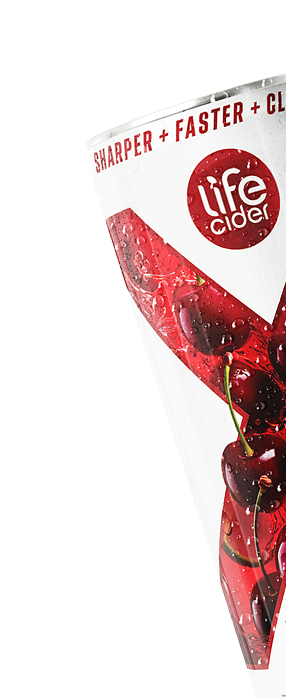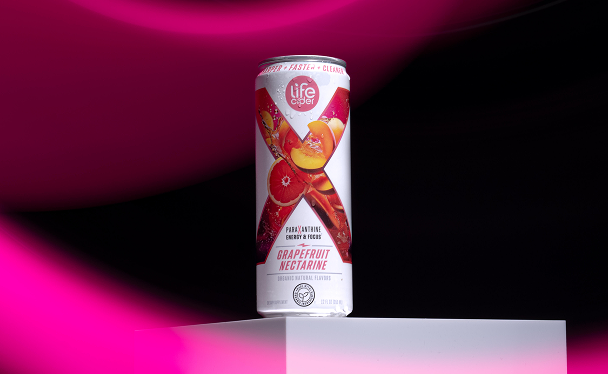Paraxanthine VS Caffeine: Which One Fuels You Better?
Caffeine lights up your whole body. Paraxanthine lights up your focus. Unlike caffeine, which metabolizes into multiple compounds that strain your system, Paraxanthine works directly, offering smoother energy and cleaner performance.
VS
Caffeine
VS
Caffeine
Intake
(Absorption)
Absorbed directly: no need to convert in the liver.
Optimal Focus Window
Clean Energy & Focus — lower stimulation of heart and lungs compared to caffeine.
This means no jitters.
After Effects
Minimal side effects means better sleep compatibility and no spike/crash cycle.
Intake
(Absorption)
Enters bloodstream and
begins absorption.
Metabolic Conversion
Metabolized in the liver into three
byproducts.
Optimal Focus Window
Stimulates brain, heart, lungs, & adrenal system (can feel jittery, wired, or overstimulated).
Effects subside 13 hours after intake (primary clearance).
 5-7 Hours
5-7 Hours
After Effects
Effects include sleep disruption (when taken late), elevated cortisol,
prolonged adrenal strain, and
possible energy crash.
Caffeine Takes The Long Way.
It metabolizes into multiple compounds that strain your system and lingers for 5–7 hours, often disrupting sleep, spiking cortisol, and leaving you wired long after the day ends.

Paraxanthine Skips The Side Effects.
It’s faster-acting, clears clean in 3–4 hours, and delivers smooth energy without the crash, making it ideal for late-day use and better recovery.

Looking for a Paraxanthine Boost? Here’s What to Know
Paraxanthine supplements are a new class of cognitive enhancers designed to give you clean, jitter-free energy. They’re ideal for people sensitive to caffeine or seeking sharper mental performance without the crash.
Paraxanthine Side Effects: What the research says
Studies show paraxanthine side effects are minimal: the compound is well-tolerated and triggers fewer issues than caffeine. Most users report sharper focus without anxiety, jitteriness, or disrupted sleep. As with any supplement, reactions vary, start with a small dose.
SHOP NOW
Frequently Asked Questions
Paraxanthine is the primary metabolite your body produces when it breaks down caffeine—now available as a standalone ingredient. It delivers the alertness and metabolic benefits people seek from coffee but without the “extras” (theobromine, theophylline) that can cause jitters or crash.
Early human studies and real-world use show paraxanthine is well-tolerated at doses up to 400 mg per day, with fewer adverse events than caffeine. As with any stimulant, people who are pregnant, sensitive to caffeine, or managing health conditions should consult a healthcare professional first.
Users cite smooth, crash-free energy, quick mental clarity, elevated mood, and enhanced fat-burning metabolism. Because it’s delivered in its active form, you feel the lift faster and avoid the sluggish metabolite build-up that drags some coffee drinkers down.
Caffeine must convert into several compounds before you feel peak effects; paraxanthine is already active, so onset is quicker and cleaner. It also clears in roughly half the time, reducing late-day overstimulation and sleep disruption.
Most products supply 100–200 mg per serving, with 200–400 mg considered a full daily range for healthy adults. Begin with the lowest effective dose and increase only if needed.
Because it clears faster and doesn’t spike cortisol like caffeine, paraxanthine is less likely to interfere with sleep cycles. Sensitive users should still avoid dosing within six hours of bedtime.








